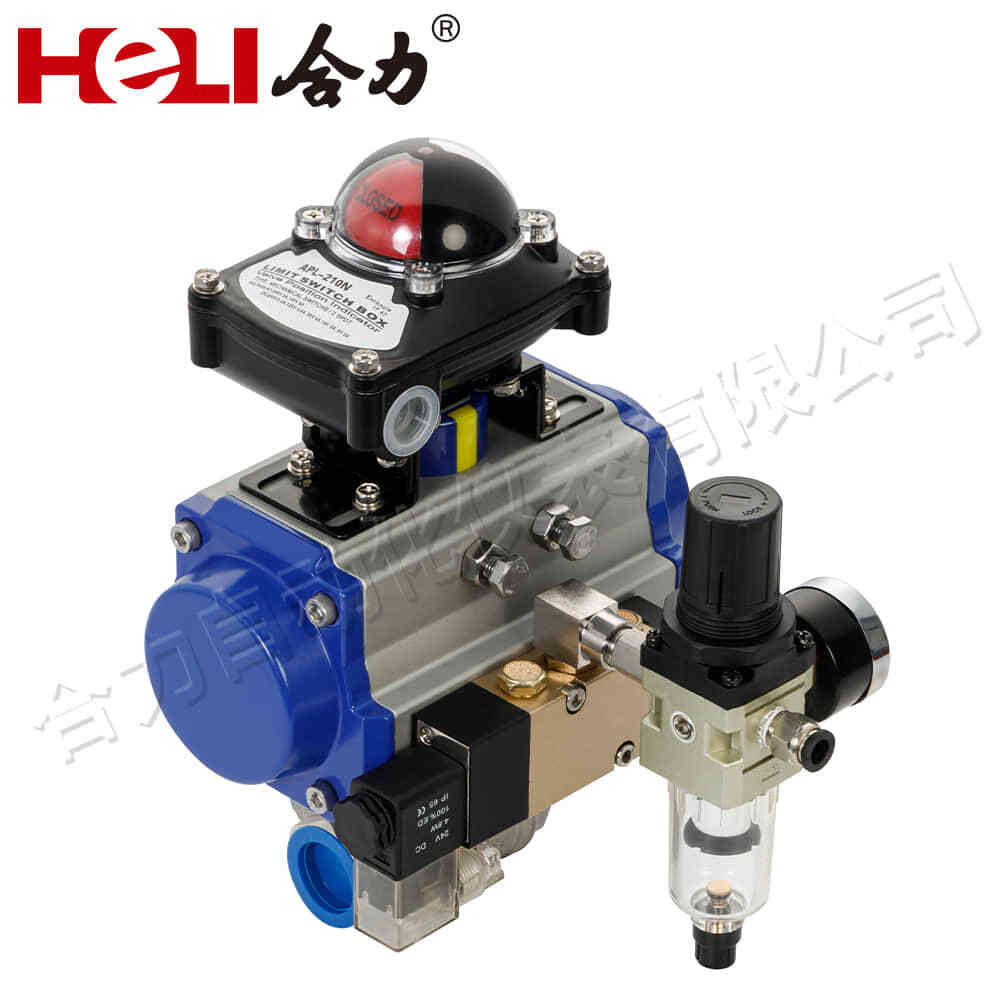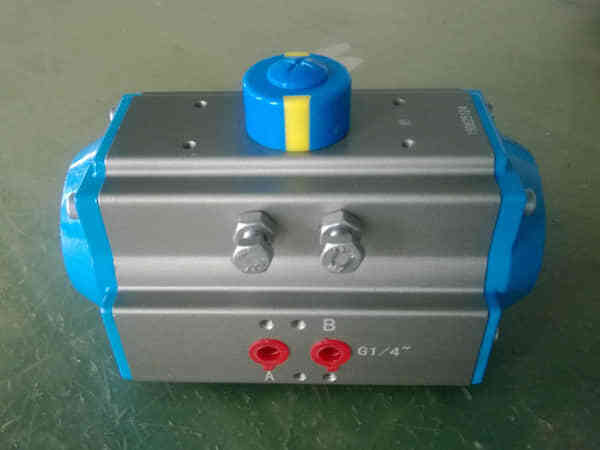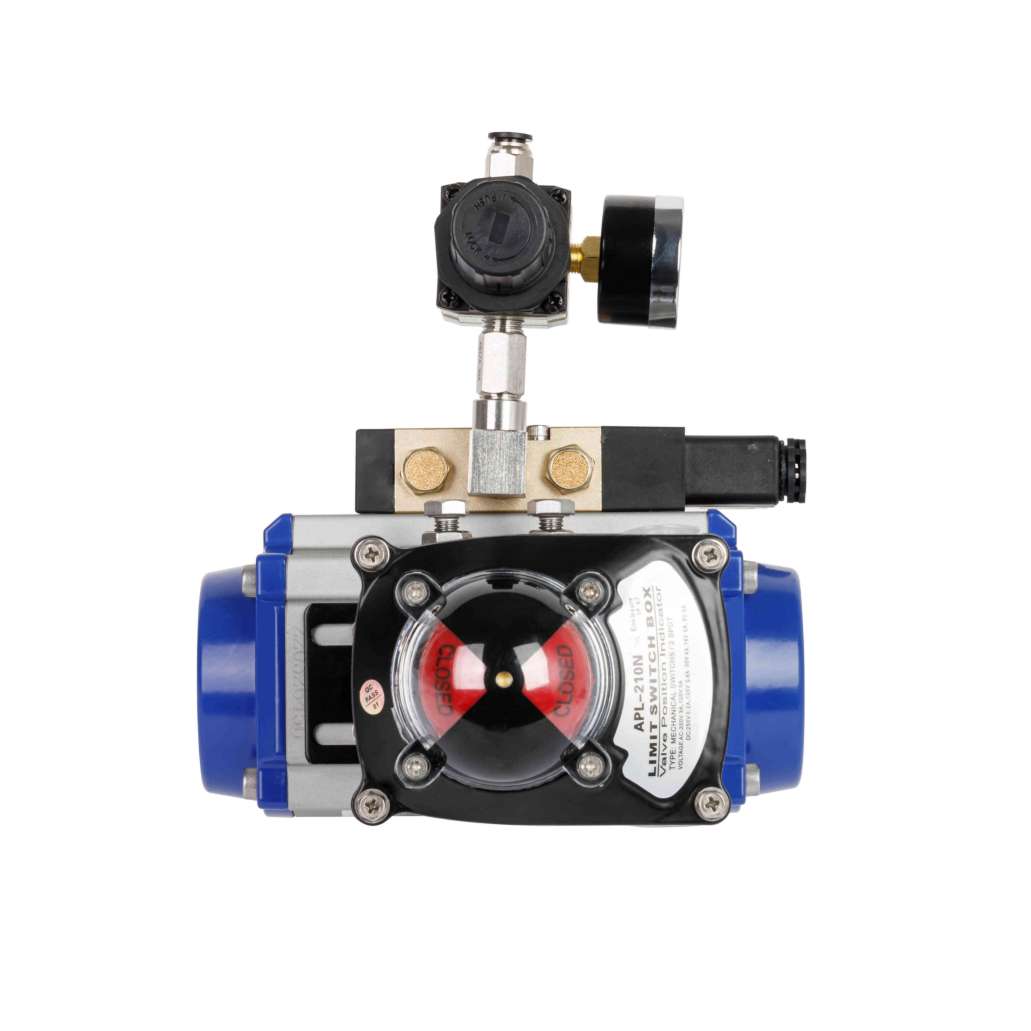understanding pneumatic actuators: principles, types, and applications
Release time:2025-05-30 23:47:45
Pneumatic actuators are essential components in many industrial applications, operating based on compressed air to generate mechanical motion. These devices convert the energy of compressed air into physical movement, making them highly efficient and reliable for tasks such as controlling valves, moving machinery, and powering robotic arms. In this article, we will explore the basic principles of pneumatic actuators, their various types, and their widespread applications in different industries.

Principles of Pneumatic Actuators

At the core of a pneumatic actuator is its ability to harness the power of compressed air to produce linear or rotary motion. When compressed air is supplied to the actuator, it expands inside the actuator chamber, causing a piston or diaphragm to move. This motion is translated into mechanical energy, which can then be used to perform various tasks. The fundamental principle behind pneumatic actuators is simple: the force generated by the pressure of the compressed air is harnessed to create motion, which can be used for both pushing and pulling actions.




